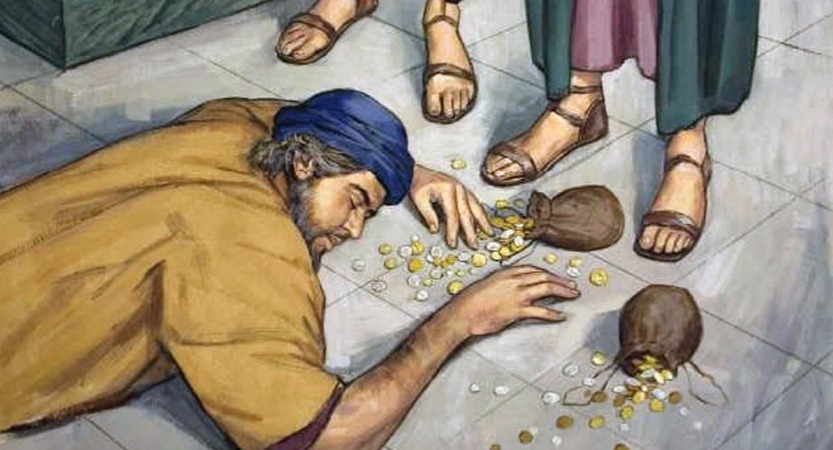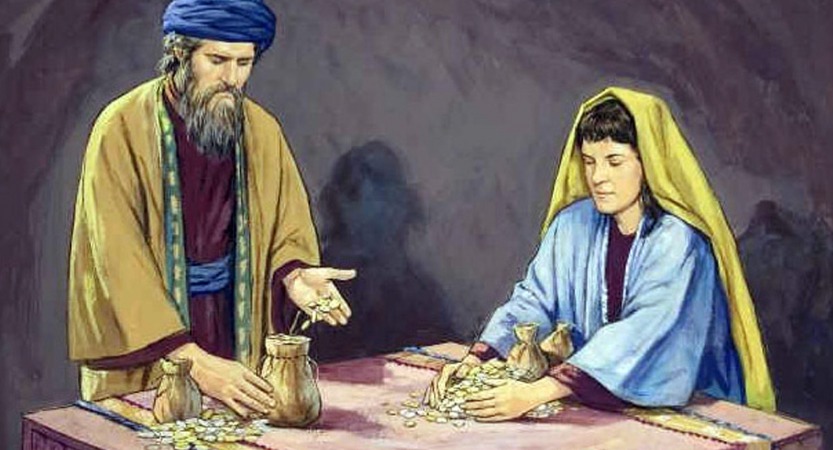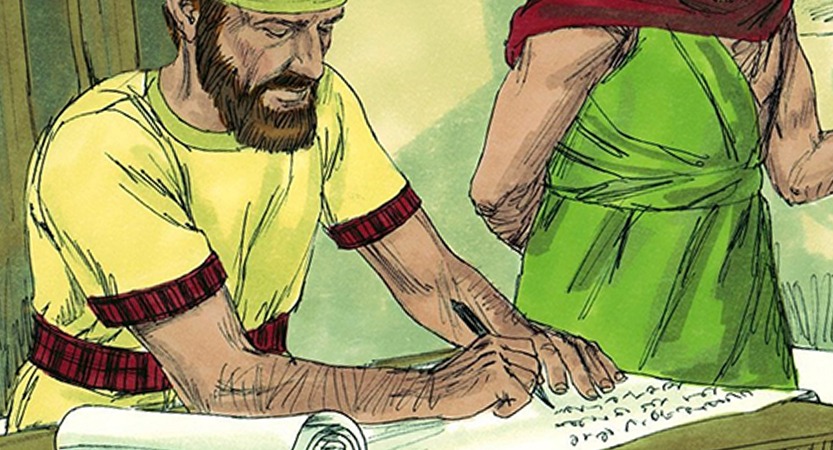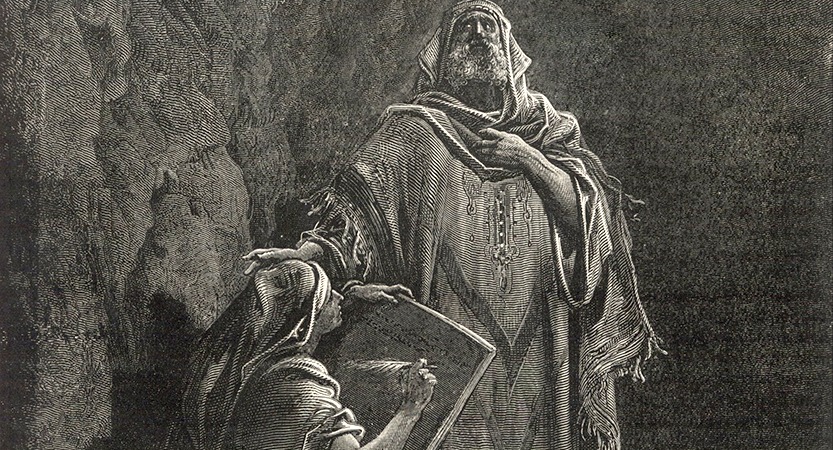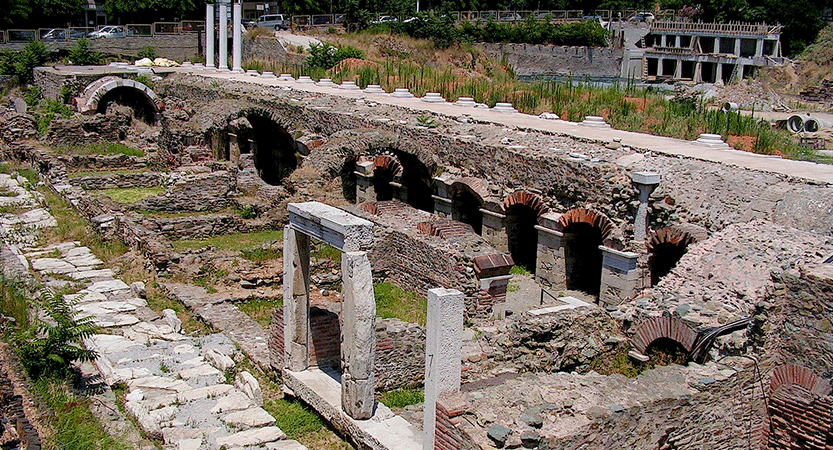Moses and the Veil Over His Face
In my last post, I wrote about my initial observations of Matthew's, Mark's, and Luke's transfiguration accounts. The assignments for this week included researching Moses and Elijah as well as the meaning of the word transfiguration. I started with an examination of the Greek word behind the English transfiguration. I…





